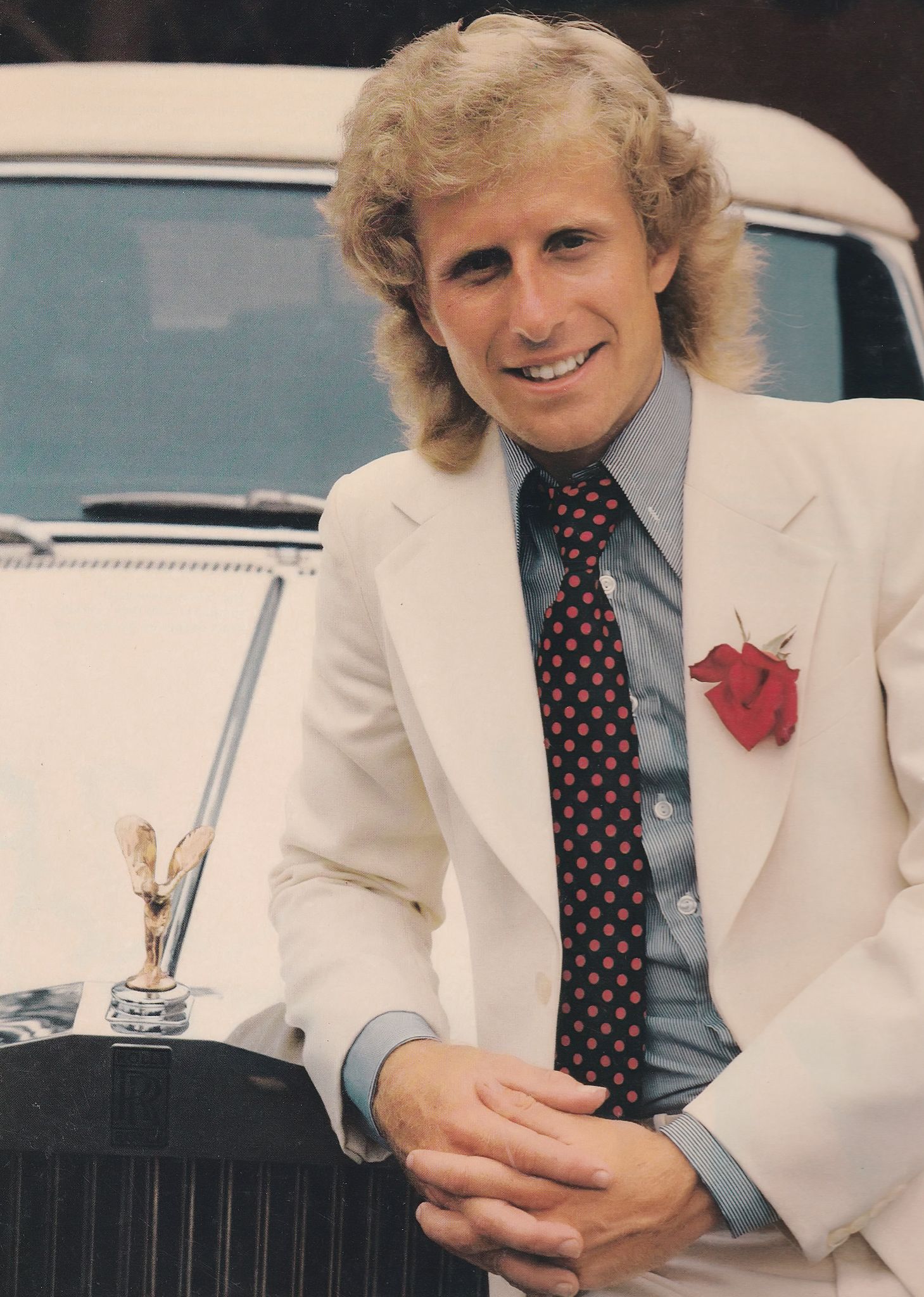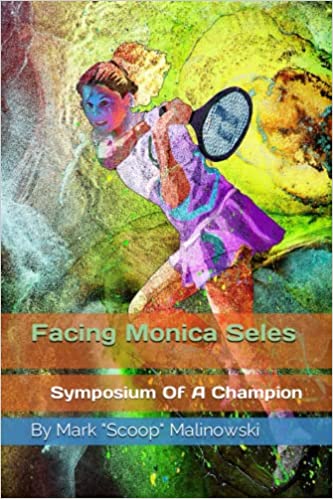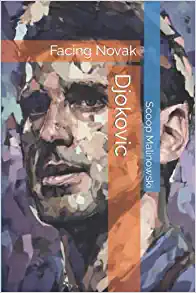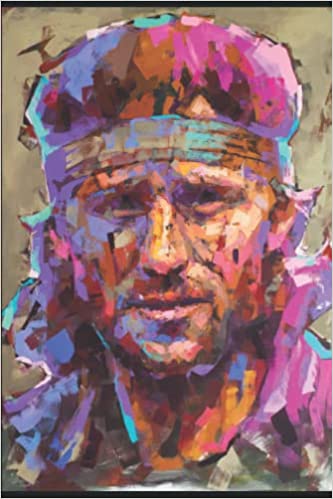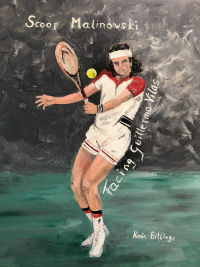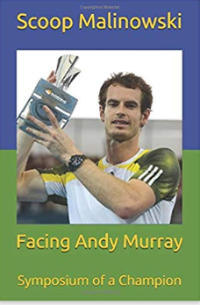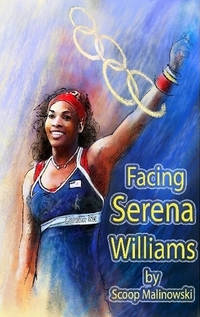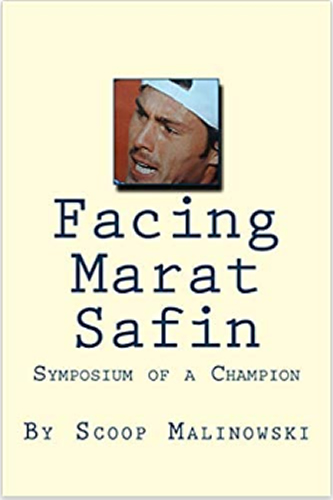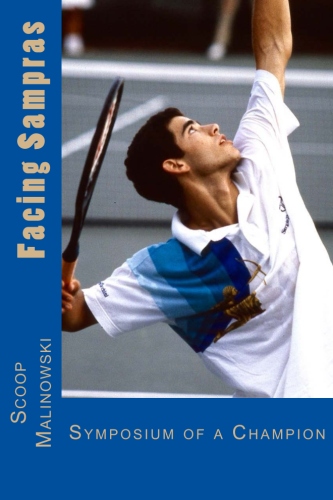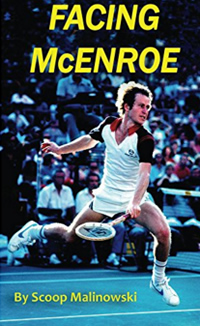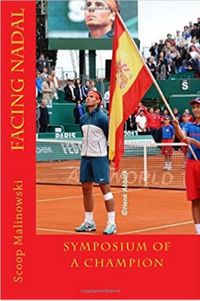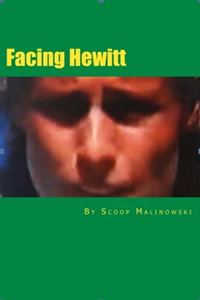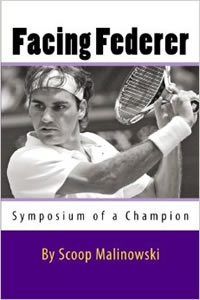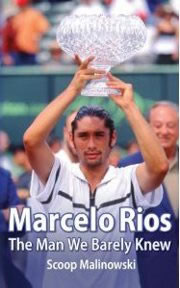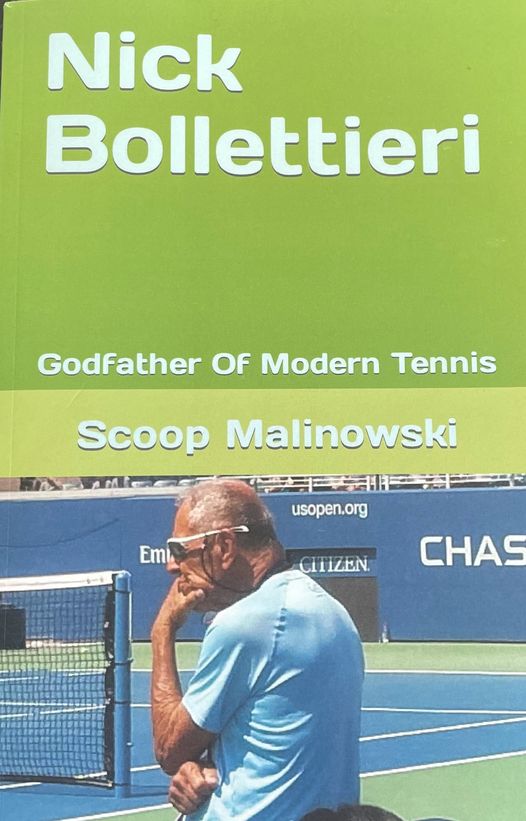2
How Newcombe’s Fake Injury Tricked Smith in Wimbledon Final
· Posted by Scoop Malinowski in Articles
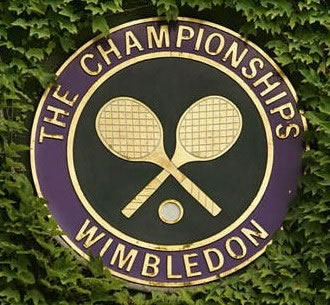
Faking or exaggerating or embellishing an injury or ache or pain in a major final is an effective, proven method to help increase a player’s chances of winning a Grand Slam or Olympic gold medal.
Want examples? Belinda Bencic called a timeout for a big toe blister at 4-3 up in the third set of the gold medal match vs Marketa Vondrousova. It worked as Bencic then proceeded to clinch the gold medal after the stall.
Caroline Wozniacki called an injury time out down 4-3 in third set of the Australian Open final vs Simona Halep. After the delay, Wozniacki won the next three games and her first Grand Slam title.
There are probably many more examples, too many to remember. But one of the most creative and funny fake injury schemes happened in the 1971 Wimbledon final Stan Smith vs John Newcombe.
Clark and Carole Graebner wrote about the incident in their 1973 book “Mixed Doubles Tennis.”
“Much of the fun and satisfaction in psyching is on-the-spot inprovisation. Let your imagination react to the special circumstances at hand. Above all, keep a smile on your face and an air of innocence in your remarks. A classic example comes to mind: In the 1971 Wimbledon final, Stan Smith was ahead two sets to one against John Newcombe, serving in the fourth set. His first major crown seemed to be in his pocket as John was struggling badly and having little luck against Stan’s power. Newcombe, coming to the net for a short volley, slipped and fell heavily at the service line. He lay motionless. The crowd was deathly quiet. Stan peered over the net with some apprehension. “You OK John?”
“No reply as the silence continued. Finally, Newcombe struggled to his feet and pantomined a grotesquely broken arm with a huge grin on his face. The crowd roared and Stan was completely bemused (bewildered). His concentration and momentum destroyed, Smith lost his service, the next two sets and the championship. Newcombe had literally stolen the crown from him with a ‘master’ psyche job.”
So this incident and the others prove that it is quite often a sneaky, deliberate, concerted effort by players to alter the rhythm and direction of a match with some kind of faked hoax act or event. Which alarmingly, more often than not, seems to succeed in destroying the winning momentum and execution of the player in control of the match.
Fortunately for Smith he learned from Newcombe’s 1971 trickery and did manage to win Wimbledon singles in 1972 against Ilie Nastase.
ATP · John Newcombe · Stan Smith · Wimbledon



